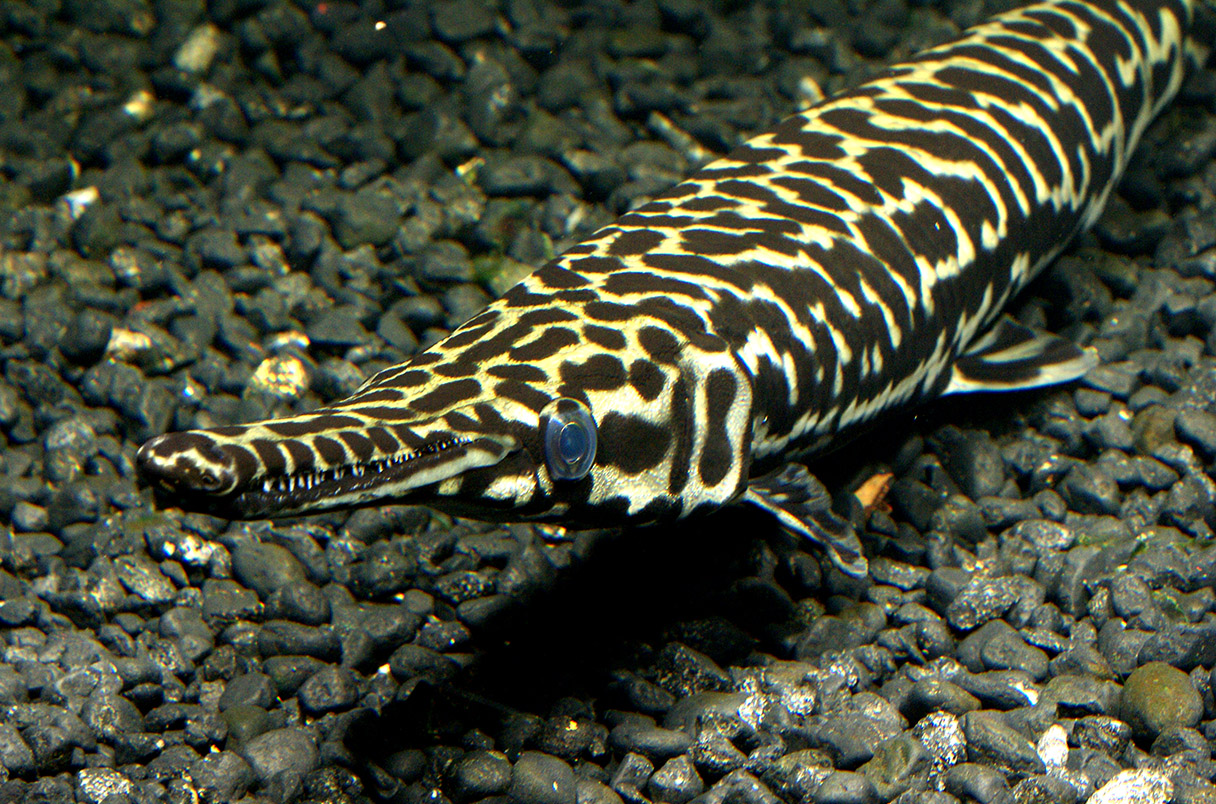Some fish species like gars have undergone extremely slow rates of evolution over millions of years. They have earned them the title of “living fossils” as coined by Charles Darwin in 1859. A recent study published in Evolution delves into the molecular stability of these remarkable creatures. Their genomes have remained remarkably unchanged due to their exceptional DNA repair machinery.

Not all species classified as living fossils exhibit stagnant evolution. Some like the coelacanth, elephant shark, and hoatzin bird have shown faster mutation rates compared to other vertebrates. Gars are characterized by their long, toothy snouts and large size, stand outs for their exceptionally slow rates of molecular substitution, indicating minimal genetic change over time.
Researchers discovered that gars possess the slowest rates of molecular substitution across almost every exon studied, suggesting a remarkable stability in their genetic makeup. Even genera that diverged around 20 million years ago displayed nearly identical sequences, underscoring the profound evolutionary stasis observed in these fish.
The study proposes that gars’ unparalleled DNA repair mechanisms play a crucial role in maintaining their genetic integrity. By efficiently repairing DNA after mutations or damage, gars effectively prevent significant evolutionary changes, despite the shifting landscapes around them.
Further evidence supporting this hypothesis comes from observations of natural hybridization between different gar genera. These hybrids found in rivers across Oklahoma and Texas, are not only viable but also fertile. This remarkable ability to produce viable offspring across such vast evolutionary distances highlights the exceptional genetic stability of gars.
Researchers aim to delve deeper into gars’ DNA repair mechanisms to validate their role in driving evolutionary stasis. By introducing gar DNA repair genes into standard model animals like zebrafish, scientists hope to gain valuable insights.
Gars serve as compelling examples of “living fossils,” embodying millions of years of evolutionary stability. Their unique genetic makeup that is coupled with exceptional DNA repair machinery offers invaluable insights into the mechanisms underlying genetic stability and evolutionary conservation.
Leave a Reply